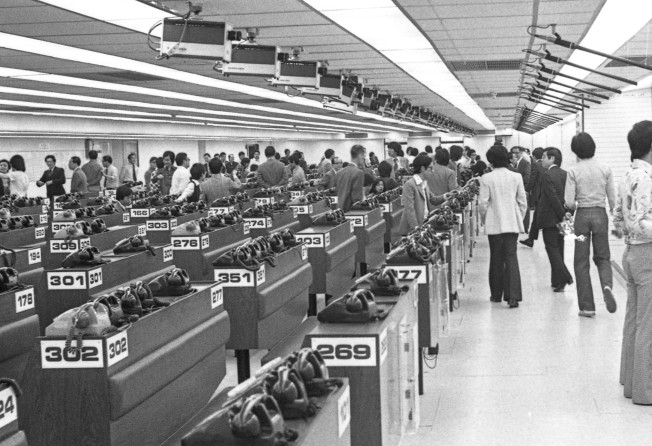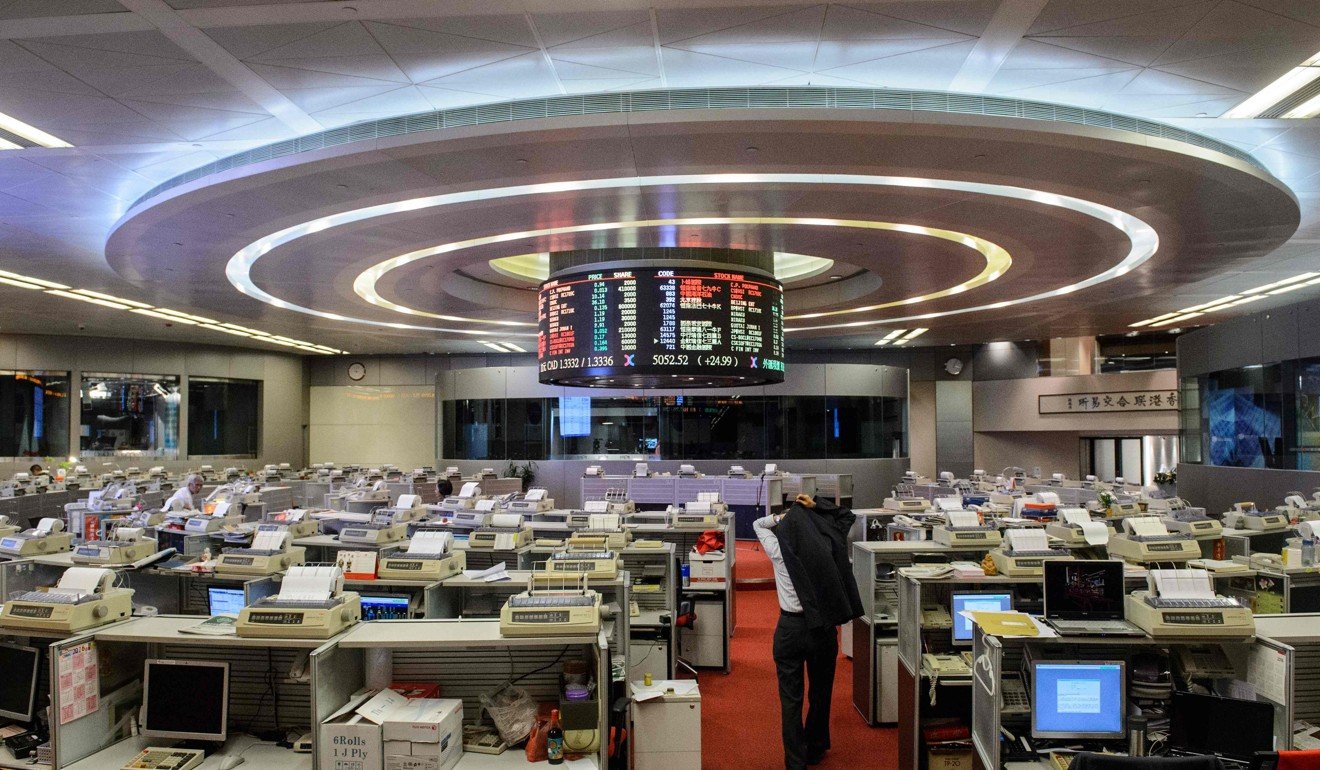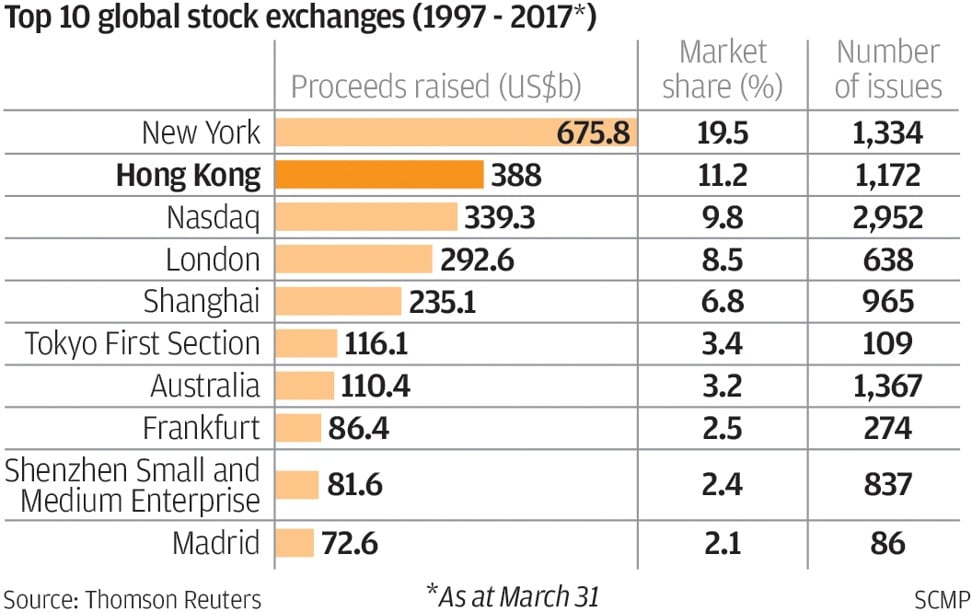Electronic dealing marks the end of an era, as Hong Kong’s iconic trading hall to close in October
Brokers given notice about the closure of 32-year old trading floor. On an average day less than 30 traders might be using a desk there – a fraction of HK’s 500-strong broker community

Hong Kong stock exchange will mark the end of an era in October, when its iconic trading hall is to be scrapped because of little use as share trading becomes almost entirely electronic.
Hong Kong Exchanges and Clearing, which runs the exchange, gave brokers notice of the move on Monday, Christopher Cheung Wah-fung, a lawmaker who also runs his own brokerage firm Christfund Securities, told the South China Morning Post in an exclusive interview.
The hall once hosted over 900 brokers in its heyday, who ran around its vast trading floor trading with their counterparts, But it’s now virtually silent as trading has gone electronic.
On an average day less than 30 traders might be on the floor, out of Hong Kong’s 500-strong broker community. Most other markets such as Tokyo and Singapore no longer operate halls.
“HKEX plans to redevelop and rejuvenate the existing trading and exhibition hall when its current lease expires at the end of October,” according to a HKEX spokeswoman.
She said the venue would be renewed as a “financial showcase” for promoting the Hong Kong financial market and its history.
“This iconic space will be recreated for ceremonies, exhibitions, conferences and investor education.”
HKEX statistics show dealing desks have declined from 294, when the current renovated trading hall re-opened in 2006, to a current 62. But average daily attendance has slipped to around 30.
“HKEX has been re-assessing the need and interests in having dealing desks, and exploring the feasibility of relocating them to an office building nearby in Central, under a new lease,” she added.

Cheung’s firm is the among the remaining 60 brokers who still pay a monthly rent of HK$7,000 for a trading desk at the exchange.
“I won’t be renewing my rent agreement if the exchange shutters the trading hall, and will manage all trading from our offices,” Cheung said.
“I was still paying the rent and sending a trader onto the floor as I wanted to support the HKEX to keep the trading hall going. It is a living museum and has historical meaning to the Hong Kong stock market,” he said.
“Now HKEX has decided to scrap it and rent some office for remaining traders, there’s no reason for me to continue,” Cheung said.
“I feel sad to see it go as I grow up there. I wore one of those famous red jackets and ran around the hall as a trader in my younger days.

The trading hall at Exchange Square belongs to the Hong Kong government, which collected rent from HKEX, initially at HK$1 million a month when it was set up in 1985. That rose to HK$3.58 million in 2008.
The hall covers 45,000 square foot, but the introduction of electronic trading in the mid-1990s lessened its importance immediately.
The number of traders using the hall fell to around 300 in early 2000s with most brokers working on computers from their own offices. But even then, about 20 per cent of trading volume was still handled using trading hall terminals
The exchange downsized the hall in 2006 to a third of its original size, turning the spare space into a conference and event area, and a museum covering the history of the stock market.
In 2014, the last time the exchange discloses trading statistic from the hall, it’s volume had dropped to a negligible 0.2 per cent of total turnover.
Veteran stock broker David Tung, now 88-years-old and a broker for over 70 years, said he was also sad to see it go.
“All traders gathered at the exchange to swap information in the old days, and to trade with each other. The atmosphere was so hot in those day,” Tung said.
“Electronic trading lacks the human touch.”